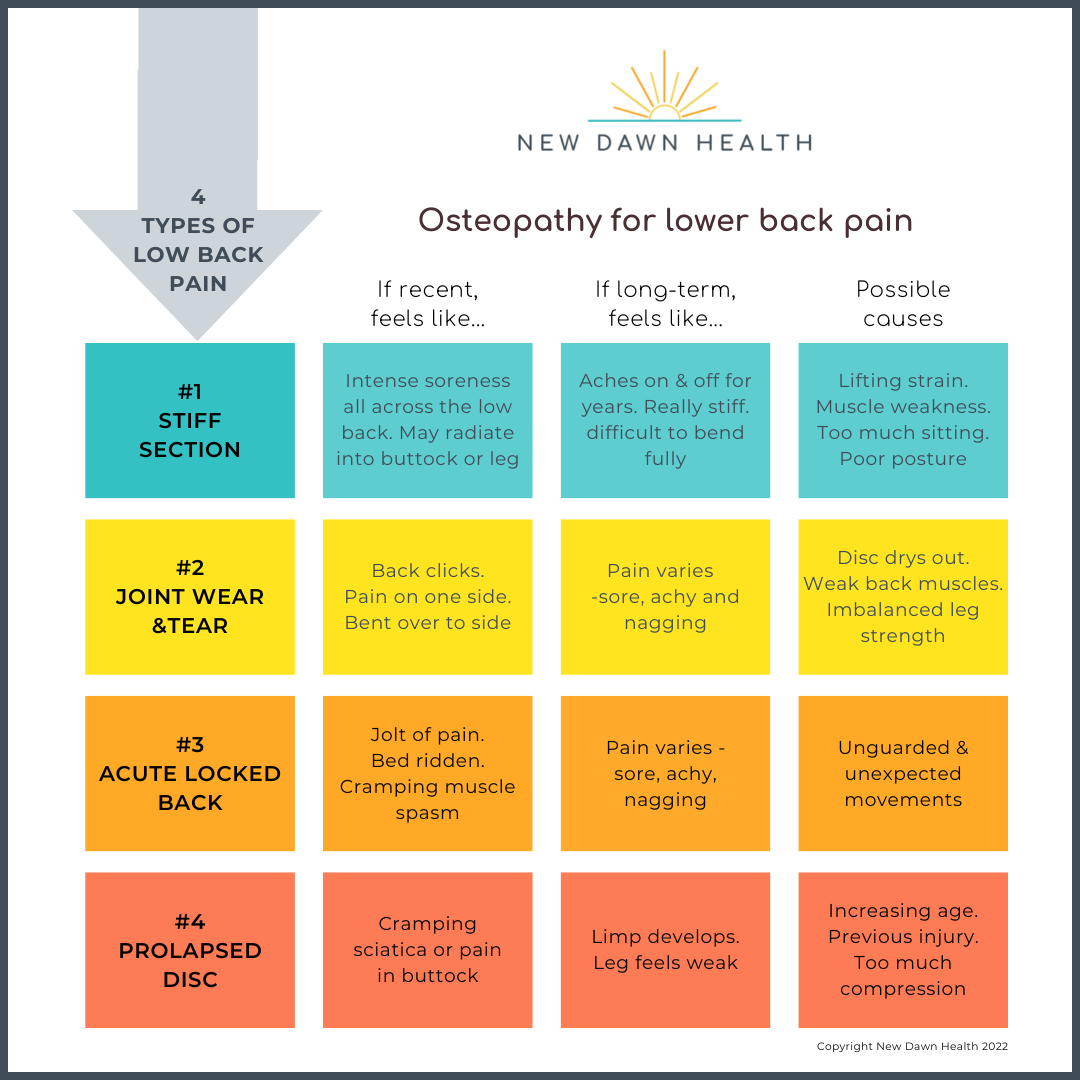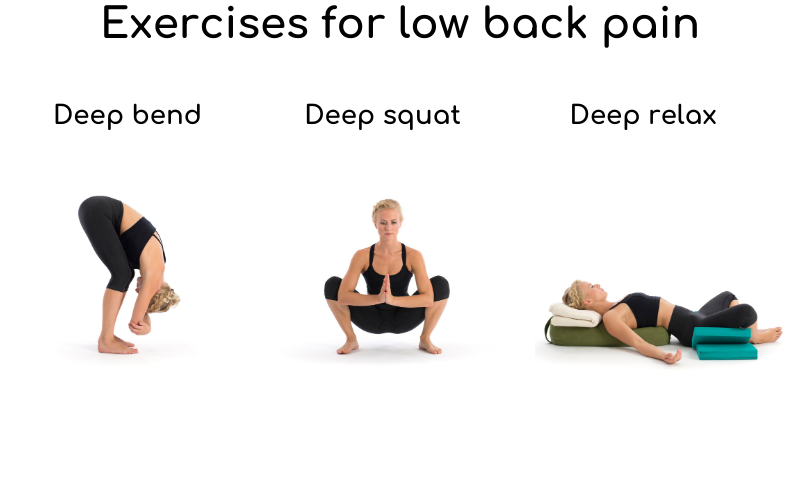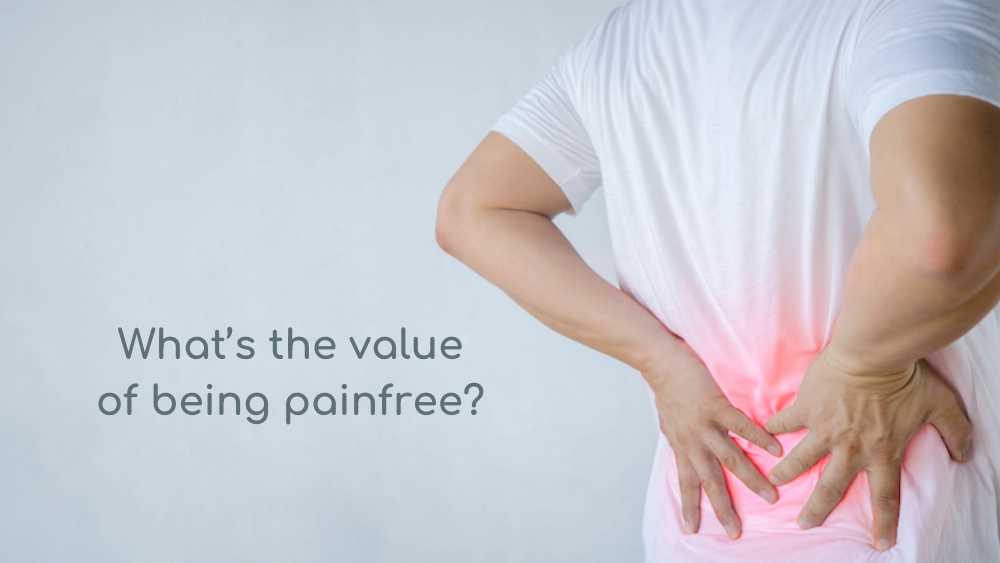INTRODUCTIon
Are you tired of dealing with persistent lower back pain? If you’re wondering about osteopathy for lower back pain, or what does an osteopath do for back pain, then you’re in the right place. In this blog, we’ll also explore some common causes of low back pain and stiffness and how you can help yourself.
IS OSTEOPATHY EFFECTIVE FOR LOWer BACK PAIN?
Yes, it is. According to the paper, “Effectiveness of osteopathic interventions in chronic non-specific low back pain: A systematic review and meta-analysis” 2020 published in Complementary Therapies In Medicine, the findings stated that, “Osteopathy revealed to be more effective than control interventions in pain reduction and improving functional status in non-specific chronic low back pain.
The National Institute for Health and Care Excellence (NICE) guidelines on managing lower back pain and sciatica recommend manual therapy alongside exercise as a treatment option.
WHY SEE AN OSTEOPATH?
One very common reason is that an osteopath can help you identify the cause of your lower back pain.
Knowing the cause is important for reassurance and understanding to then tackle the root causes and not just the pain itself.
60% of the adult population will have low back pain at some point in their lifetime, according to NICE. Many people see their osteopath for lower back pain. Doctors call the commonest type “mechanical low back pain”. This means the mechanics or moving parts of your back are causing your pain. So, it could be your muscles, joints or tendons.
Sometimes, pain can be coming from all those parts, that’s why you may need help from your osteopath to find out which are to blame. Once you can identify where your pain is coming from then you are in a good position to put it right.
For more understanding and to help you decide, do read my blog, “Why see an osteopath?”.
CAUSES OF LOW BACK PAIN AND STIFfNESS
Common descriptions of low back pain:
- “Dull and achy pain” may be muscular.
- “Sharp, localised pain to one side” may be joint pain.
- “Radiating and burning pain” may be nerve pain.
It’s not unusual to have a combination of these symptoms at different times and from different activities or movements.
Here are three common reasons why we get mechanical low back pain.
Compression
Imagine carrying a rucksack on your back all day, every day. It would be exhausting. But it’s also very compressing for your joints and discs. And it’s the same with long hours of sitting and standing – it literally squashes the juice out of your discs and they lose their ability to shock absorb for you.
You’ve lost fitness (deconditioning)
Let’s face it, our muscles get weaker as we age. So, naturally, if you can have a sensible daily routine to keep your back and core muscles strong, they will support you and lower the likelihood of straining your back. You can read my blog about aches and pains as we get older.
Faulty mechanics
If we use our body unevenly, or if we have an old unresolved injury, especially in our legs or feet, it can make our pelvis unbalanced. A bit like one table leg being shorter than the other, making the table wobble and the cutlery slide to the lower side. Likewise, imbalances between our dominant leg and a weaker non-dominant leg can set up strain patterns that unbalance the pelvis. This makes the mobile spinal joint take up the strain. Eventually, this leads to wear and tear on joints at the base of the spine, leading to low back pain.

HOW CAN YOU HELP YOURSELF?
Hopefully, you have been able to identify where some of your low back pain might be coming from. Now you’re in a much better position to know what to do to help yourself.
#1 Muscle pain
For example, muscle pain that is dull and achy may respond really well to warmth from a hot water bottle.
It may also feel looser and less achy when you move and stretch your muscles by reaching down to the floor, either sitting or standing.
A massage often really helps muscles relax too.
#2 Joint pain
Again, moving the joints often relieves the pain. Joints don’t like being squashed out of alignment by poor posture or excess weight.
Lying on your back on the floor with your calves resting on the seat of a kitchen chair is very relieving – taking the compression and load off your joints.
A gentle twist exercise is also very helpful to get the joints moving thereafter.
#3 Nerve pain
Nerve pain in the low back typically comes from pressure on the nerve, perhaps from localised swelling if you strain your back or as the end result of spinal disc degeneration. Either way, you need to decompress your back to take the pressure off the nerve and reduce the inflammation. For this type of problem, expert advice is recommended.

Conclusion
If you’re looking for a private osteopath appointment for a particular problem or simply want preventive care to maintain good health, then osteopathy at New Dawn Health could be a worthwhile option for you. As always, it’s essential to consult with healthcare professionals and make informed decisions about your health.

